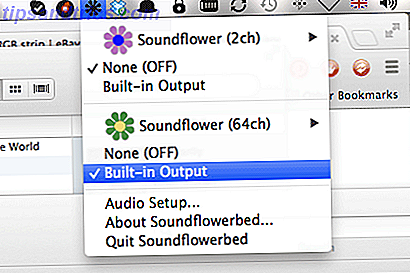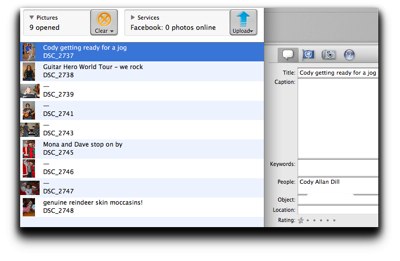Record audio with Soundflower on Mac. It’s free and open source. I use this as an alternative to Loopback, which is great but has a limitation to record only 20 minutes in the free version. But you can also buy it but it was to expensive in my opinion. To record audio we also use Quicktime player in this tutorial.
Installation
Soundflower is a OS X system extension that allows applications to pass audio to other applications. Soundflower is easy to use, it simply presents itself as an audio device, allowing any audio application to send and receive audio with no other support needed. Soundflower is free, open-source, and runs on Mac Intel and PPC computers. Soundflower is a macOS kernel extension that creates virtual audio input and output devices which can be used to transfer a sound signal between various applications. It comes with an easy-to-use menu bar app that allows you to configure the settings and send the audio signal to specific devices.
Download the latest release from Github which is 2.0b2 when this post is written, and run the installer.
If you alt click on the sound icon you can see 4 new devices has been added for us to use.
Soundflower - menu

Set up audio device
Go into Audio midi setup and click on the plus sign in the bottom left corner and select Create multi output device
Now select Built in output and Soundflower (2ch). Next click on the gear in the bottom left corner and select Use this device for sound output.
Multi output device
Record with quicktime player
Start quick time player and select File -> New audio recording. Next click on the down arrow next to the record button. Then select Soundflower (2ch).


Now start the audio you’d like to record and click on the record button in quick time and you are done!

Uninstall Soundflower
To uninstall Soundflower you open or download the .dmg that Soundflower came in again.
Soundflower-2.ob2.dmg
soundflower dmg

Soundflower-2-0b2.dmg
This time double click on Uninstall Soundflower.scpt and the script editor will open it. Then click on run script and enter administrator password when prompted. A reboot may be required to get rid of the audio devices after the uninstall.
I hope you find this post valuable. If you click the ad below I get paid by someone else and can continue to publish posts for free. I would appreciate it very much.Welcome to our Soundflower installation guide. Installing Soundflower on modern macOS versions can be a little complicated as kernel extensions need now to be given permissions before being loaded for the first time. So the Soundflower installer will error out on macOS High Sierra and Mojave. But this is easy to fix.
Soundflower Dmg
macOS 10.13 High Sierra and macOS 10.14 Mojave Soundflower Install
- Download the installer: soundflower_2.0b2.zip.
- Run it and perform the install
- The installer will tell you that it failed. This is completely normal.
- Open the System Preferences and go to the “Security & Privacy” settings.
- Click on the “Allow” button next to “MATT INGALS”.(This has to be a physical hardware click. Remote desktop connections or even local software tools like “Better Touch Tool” won’t work!)
- Run the installer again. This time it will run through without any problems.
Click 'Open Security Preferences'
Soundflower Dmg File
Click on the Allow button and run the installer again.
IMPORTANT: If you can’t record from Soundflower under Mojave (the device is there but only silence is being recorded) make sure that you have given microphone access permissions to your recording app! macOS treats Soundflower like a microphone in this regard. Go to system preferences -> Privacy & Security -> Privacy -> Microphone -> [check mark next to your recording app]
See our blog post about this issue: https://www.fluxforge.com/blog/recording-problems-on-mojave/
macOS 10.10 - 10.12 Soundflower Install
Because we’re getting this asked a lot: Here’s how you get Soundflower to work with macOS 10.12 Sierra and OS X 10.10 and 10.11…
As you know, since 10.10, OS X requires kernel extensions to be signed. Sadly the officially available version of Soundflower isn’t signed because it’s an open source project and - as far as we know - no one has volunteered to do the work and pay the $99 fee to obtain a signing certificate.
That’s why we have built a signed version of Soundflower which will work on OS X 10.10, 10.11 and the new macOS 10.12 Sierra.
Here is the direct download link: soundflower_2.0b2.zip.
Download the zip and run the contained installer. Even though not required you probably should restart your Mac to make sure everything got installed properly.
Enjoy!
Please note that we can’t offer direct support for Soundflower. We just built a version you can install on macOS 10.11 and 10.12. If you encounter any problems please contact Soundflower’s developer! You can find their project page here: https://github.com/Soundflower-Original
Shameless self promotion: Have you tried Vector yet? Vector is an audio editor for OS X that is designed to fit into the space between simple audio apps and full blown studio production tools. (Kinda like Cool Edit Pro for the Mac - if you are that old school).